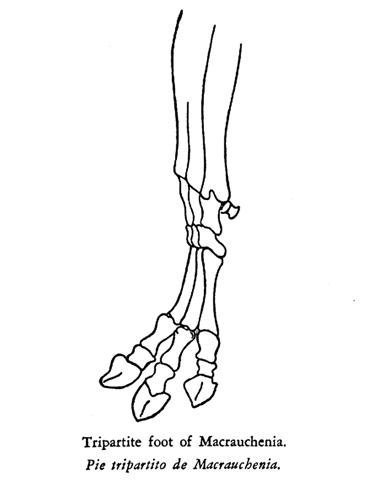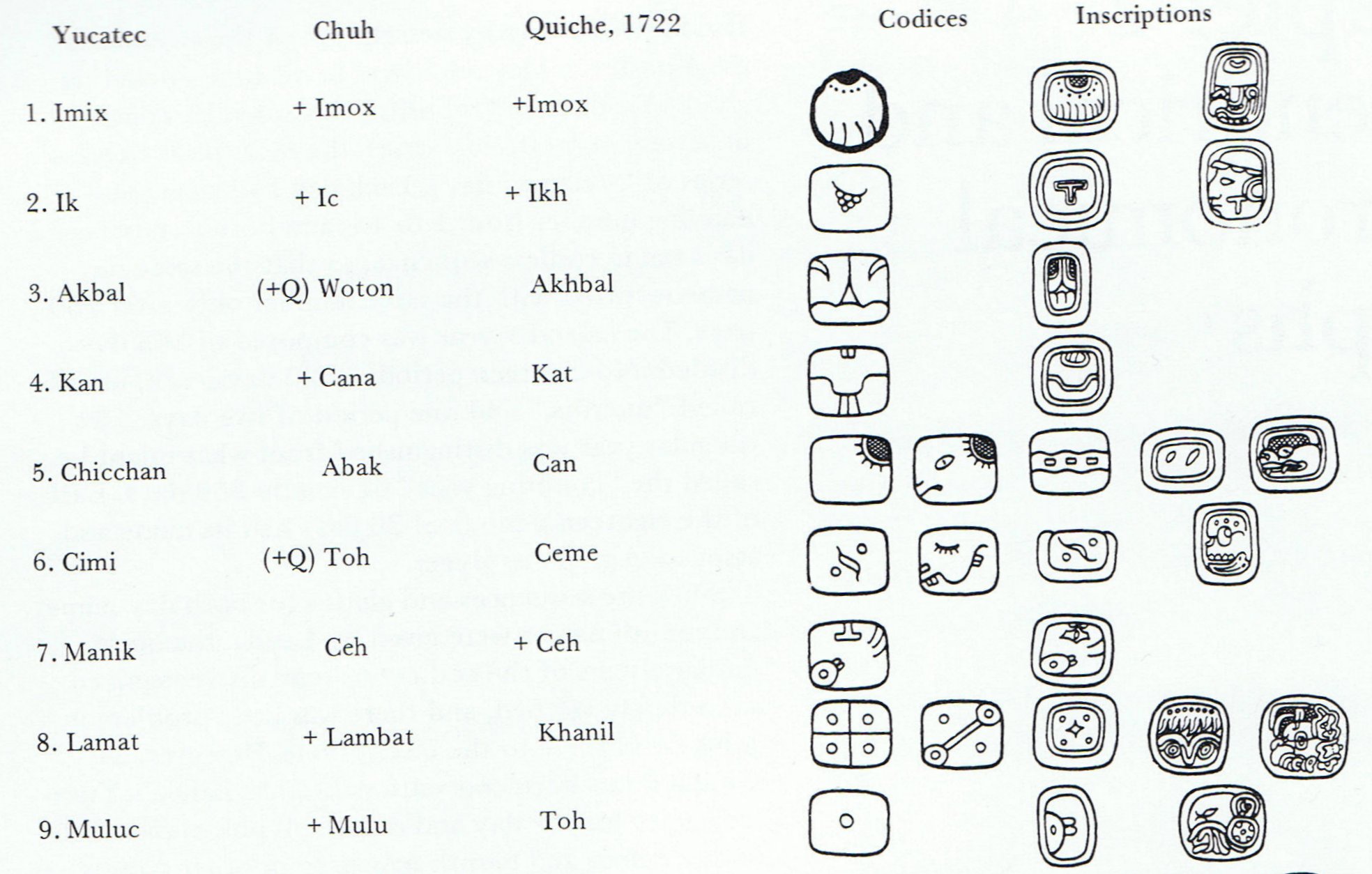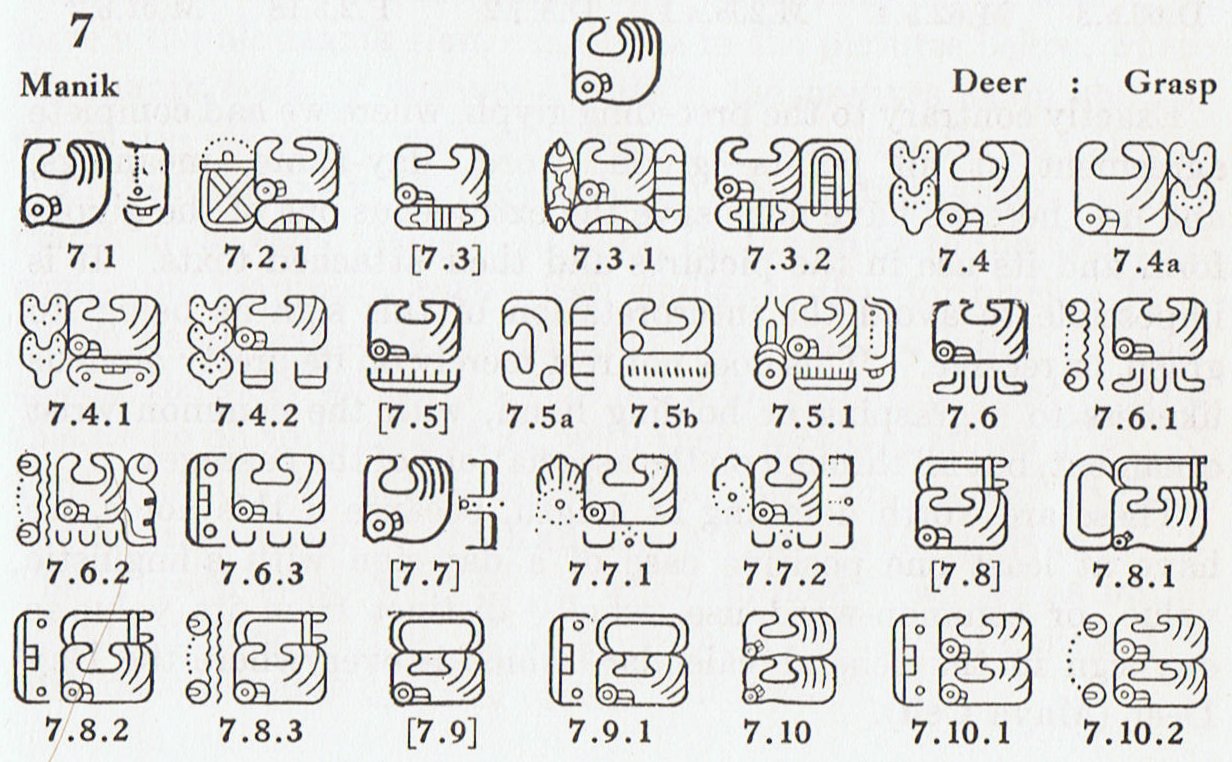|
TRANSLATIONS
Yesterday it was January 26th, the Chinese day for New Year. The Rat left and Tiger arrived. According to our own calendar new year arrives 10 days after winter solstice, while according to the Chinese a new year arrives 36 days after solstice. The numbers - we have learnt from our rongorongo studies - means 'finished'.
A new year is born later than winter solstice. Presumably the 2nd new halfyear therefore must arrive later than summer solstice. There is an interregnum between a solstice and next ruler.
But we must return to the glyph dictionary. It is time for rima:
|
A few preliminary
remarks and imaginations:
1.
GD35 shows an arm - upper arm, forearm and
hand. The hand has
three fingers + thumb.
The thumb has a very important function. Without
thumb not much would be accomplished. Therefore the thumb is similar
to a chief, ariki. Posnansky has an explanation for why there are only
three toes in images dating from the 3rd and last phase of
Tiahuanaco:

"Since in some castes of the Altiplano [they] believed
themselves to be descendants of the Waris (Camelidae,
vicuña and guanaco)[, though] probably of those gigantic
Waris, the remains of which are found in the alluvia (Macrauchenia),
it is not strange either to find the tripartite foot in the
anthropomorphic figures. Tripartite feet were also had by certain
species of Toxodontia which lived on the Altiplano during the
Pleistocene and perhaps even later which, in our judgment, are the
animals which in tradition gave rise to the 'Wari-Willka'.
With the regard to the belief of the Indians that they descended
from the Waris, we have the tradition noted by Ph. Guaman
Poma in his Nueva Corónica y Buen Gobierno, in which it is
related that the first men were the Wari-Wiracocha-runas."
If toes number three, then fingers must certainly also count three
(+ thumb), I believe. The idea of Posnansky may be what is needed to explain
the phenomenon of three fingers in the glyphs of rongorongo -
on Easter Island there were no Waris, but the all-important
birds had only three toes. The ancestors were like gods and the gods
manifested themselves as birds. |
2.
In a hand
gesture as if eating the thumb is not visible, and the
meaning presumably is 'growing'. This has been state earlier when
discussing why the glyphs for the different phases of a.m. sun
have been drawn with three fingers towards the mouth, as seen e.g.
in the calendar for the daylight according to H:
 |
 |
 |
 |
|
Ha5-52 |
Ha5-56 |
Ha6-1 |
Ha6-2 |
The fundamental property of a.m. sun is 'growing'.
When in the glyphs for p.m. sun a different hand gesture is seen,
where the hand is turned away from the mouth, we of course will draw
the conclusion that it means the opposite, i.e. that p.m. sun is
shrinking:
There is, however, only one of these glyphs with
an outward hand gesture among the glyphs for the phases of p.m.
sun. The meaning may therefore be something else than
'shrinking'.
|
The thumb is also seen, implying - I guess - that another quality than 'anti-growing' is meant. Maybe the idea to be transmitted to the reader is 'west' ('death'):
... For the East we have the glyph Ahau-Kin, the Lord Sun, the Lord of Day; for the West we have Manik-Kin, exactly corresponding to the term Chikin, the biting or eating of the Sun, seizing it in the mouth ...
The 7th day sign, Manik, is not open towards right, the hand is nearly closed with just a little space upwards between thumb and forefinger showing the grasping gesture:
The picture is from Kelley. The preceding day, number 6 (Cimi) is 'death', also named Toh (according to the Yucatec and Chuh languages). In Quiche it is the 9th day which is named Toh. When Makea missed a part of the tohi ceremony it meant death for Maui:
... When I performed the tohi ceremony over you I missed out a part of the prayers. I remebered it too late. I am afraid this means that you are going to die ...
The grasping gesture in one of the Manik signs forms an inverted T, probably (I think) the T-sign in the 2nd day sign (Ik). I wonder if -ik in Manik is the reason for the inverted T sign. But other Manik signs do not show the inverted T, and neither is the number of fingers always 3:
"The phonetic value of the glyph for 'day' is known to be kin 'day, sun', first established by Brasseur de Bourbourg, the discoverer of the Landa manuscript. This value was substantiated not only by the glyph's numerical use in the codices, but also by its use in Landa's glyph for the month Yaxkin, and good evidence indicated that the glygers for 'east', lakin, and 'west', chikin, both contained this grapheme." (Kelley)
|
3.
Counting on the fingers of one hand is in Polynesia done
by folding the fingers, therefore
a closed fist ought to
mean 5:
"... The practice of
turning down the fingers, contrary to our practice, deserves notice,
as perhaps explaining why sometimes savages are reported to be
unable to count above four. The European holds up one finger, which
he counts, the native counts those that are down and says 'four'.
Two fingers held up, the native counting those that are down, calls
'three'; and so on until the white man, holding up five fingers,
gives the native none turned down to count. The native is
nunplussed, and the enquirer reports that savages can not count
above four ..." (Dr. Codrington in Melanesian Languages,
p. 222, note 1, as related in Churchill 2)
According to this idea, when we in Aa8-30 are observing a sign
like a closed fist quenching the 'fire' (presumably the light of the
old year) there may be an additional meaning:
 |
 |
 |
 |
 |
 |
|
Aa8-26 |
Aa8-27 |
Aa8-28 |
Aa8-29 |
Aa8-30 |
Aa8-31 |
The 5 flames around the 'disc' of the 'fist' is in harmony with a
gesture of all five fingers closed (= 5). Here the sun (hetuu)
cannot be drawn with the usual 6 flames.
Possibly 10 will be expressed as two closed fists, for instance
in the pare glyph Pa3-3:
|
114 |
 |
415 |
 |
493 |
 |
133 |
|
Pa3-3 |
Pa10-1 |
Pb9-33 |
|
115 |
531 |
1025 |
|
416 = 16 *
26 |
494 = 19 *
26 |
1 |
|
910 = 7 * 13
* 10 |
|
1024 = 2 * 2
* .... * 2 (10 times) |
|
The number of glyphs in the P text is 599 (side a) +
559 (side b) = 1158, which can be expressed as 1024
+ 1 (Pb9-33) + 133 (7 * 19). Another possibility is
1158 = 35 * 26 + 1 + 247 (13 * 19). |
Here the two fists
presumably refer to the 10 'months' of the sun, otherwise probably
also expressed by 1024 (the number of glyphs from the beginning of
the text at Pa1-1 to Pb9-33). |
The structure of the P text is much more complicated than indicated in the table above. For instance is the multiples of 29 not described. Furthermore, earlier in the glyph dictionary (in the Excursion at viri) a possible connection with π has been suggested:
 |
415 |
 |
627 |
| Pa3-3 |
Pa10-1 |
| 115 |
531 |
| 416 = 16 * 26 |
628 = 200π |
Maybe 628 has no connection with 200π. The number of glyphs from Pa10-1 to the end of the text probably here is basically an expression of 6 * 28 = 168, meaning half a year.
The new fact discovered, that there are 1024 glyphs from the beginning of the text up to te pito in Pb9-33 confirms how pivotal Pb9-33 is. The series 2, 4, 8, 16 ... as expressed by grains on the squares of a chess board demonstates the potentiality of growth. All the way from the beginning to Pb9-33 growing proceeds, it seems.
With Pa3-3 at spring equinox (or at least some definite point of time during spring) and Pa10-1 arriving half a year later the number of glyphs (16 * 26) presumably is expressing the full measure of sun. Growth seems to proceed already before sun arrives from the northern hemisphere. Likewise growth will continue after sun has left, during the season with 19 * 26 glyphs.
If we assume the glyph measures to be uniformly coordinated with the stream of days and the distance between Pa3-3 and Pa10-1 to be 180 days, we can count how many days there are from the beginning of the text to Pa3-3. 114 / 416 * 180 = ca 49 days:
| 114 |
416 |
180 |
49.33 |
| 114 |
416 |
182 |
49.87 |
| 115 |
415 |
180 |
49.88 |
| 115 |
415 |
182 |
50.43 |
| 115 |
416 |
180 |
49.76 |
| 115 |
416 |
182 |
50.31 |
Another way to estimate the number of days is to use 1024 as equivalent to 360 days. 114 / 1024 * 360 = ca 40 days:
| 114 |
1024 |
360 |
40.08 |
| 114 |
1024 |
364 |
40.52 |
| 115 |
1024 |
360 |
40.42 |
| 115 |
1024 |
364 |
40.88 |
Half of 1024 (= 512) is the midpoint of 'growth' and 512 - 494 = 18, i.e. Pa10-1 is offset 18 glyphs to the right from the midpoint:
|
114 |
 |
415 |
 |
 |
17 |
 |
493 |
 |
133 |
|
Pa3-3 |
Pa9-24 |
Pa9-25 |
Pa10-1 |
Pb9-33 |
|
115 |
512 |
513 |
531 |
1025 |
|
416 = 16 *
26 |
494 = 19 *
26 |
1 |
|
512 = 2 * 2
* .... * 2 (9 times) |
512 = 2 * 2
* .... * 2 (9 times) |
|
1024 = 2 * 2
* .... * 2 (10 times) |
The man in Pa9-24 holds a descending moon (south of the equator). Ordinal numbers 9-24 and 9-25 are suggestive - in the 9th period 24 may mean 'midnight' for the sun and then follows next period. Maybe the time of 'growth' (512 glyphs long) is followed by an equally long time of negative 'growth'.
We remember how the 4th viri in Tahua
(Aa5-7) was shuffled away a similar distance towards right:
 |
 |
| Aa5-7 |
Pa10-1 |
Are these two glyphs expressing the same concept in different ways?
|











